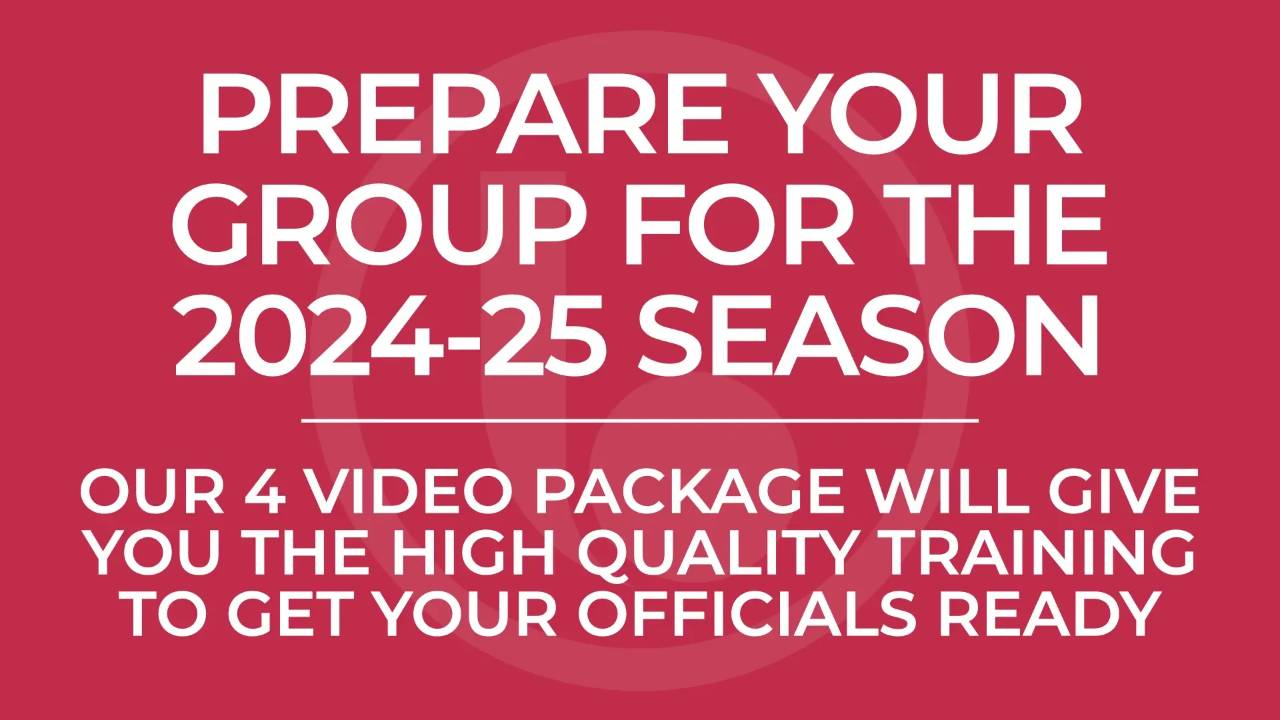Play Analysis: Recognizing and Addressing Flopping in Close Contact Plays
Flopping is a hot topic this season, and in this Five Play Friday play, we’re dissecting a situation that puts the new emphasis on flopping rules into practice. As basketball officials, it’s our job to recognize when a player is trying to “sell” incidental contact as a foul—a move that can unfairly impact the game’s flow and outcome. Here’s a play that tests our ability to spot the difference between genuine and embellished reactions.
In this scenario, we see a ball handler/dribbler extend their forearm, making slight contact with a defender. The defender’s response? A dramatic head-jerk backward, attempting to draw a foul. But here’s the crux: did the offensive contact cause this reaction? As officials, we need to evaluate if the defender’s movement is the result of genuine impact or if it’s a deliberate effort to influence the call.
Flopping is defined as any overt act intended to mislead officials into calling a foul. This head throw, exaggerated as it is, points directly to flopping. The correct approach here is for the official to withhold the whistle and signal flopping. The play continues, preserving game integrity while discouraging the defensive player’s theatrics.
Thanks to our Show Supporters for this episode!
David Keyzer ☕️ Quentin Norman ☕️ Rick Lines ☕️ John Golom ☕️ Paul Figlia
❇️ // SUPPORT THE SHOW ☕️☕️☕️ ➞ You can buy us a coffee at https://abetterofficial.com/coffee?yt
To reinforce fair play, the NFHS has introduced a new emphasis on penalizing flopping. A warning is given to the team upon the first instance, while subsequent flops can result in a technical foul. This update aims to shift the culture, reminding players and coaches alike that officials are alert to attempts at embellishment and committed to upholding legitimate, competitive play.
As we adapt to this point of emphasis, consistency in judgment is critical. Associations and crews should aim for alignment in calling flopping across games, so that players are clear on the boundaries. This change also gives officials the authority to support cleaner, fairer gameplay. What’s your strategy for spotting and managing flopping in fast-paced situations? Share your experiences, and let’s keep each other sharp as the season progresses.
Video Transcript:
“We have a ball handler/dribbler who extends a forearm. And again, ask yourself: does the contact—which could be deemed incidental—cause the action of the defensive player, or is the defensive player overtly embellishing the contact so the official will call a foul? This is an egregious example of overtly embellishing the contact. So, our ball handler/dribbler extends a forearm. Does the forearm cause that result on the player? No. This player is trying to fool the referee. Notice what he does here—he’s throwing his head back. This is an attempt to get the official to call a foul. That’s the bottom line. When a player throws their head back upon contact in this situation, they are faking that they've been fouled, implying that this action caused their head to go back.
In this instance, if the officials deem it to be faking being fouled, they would withhold their whistle, immediately give the indication of flopping, and allow the play to continue. More flopping! Flopping is going to be a huge point of emphasis this year. Just to summarize, when a player throws their head back, that’s an intentional act by a defensive player, not related to the contact, and it involves theatrical movements on a play like this.”
Stay connected with news and updates!
Join our mailing list to receive the latest news and updates from our team.
Don't worry, your information will not be shared.
We hate SPAM. We will never sell your information, for any reason.



